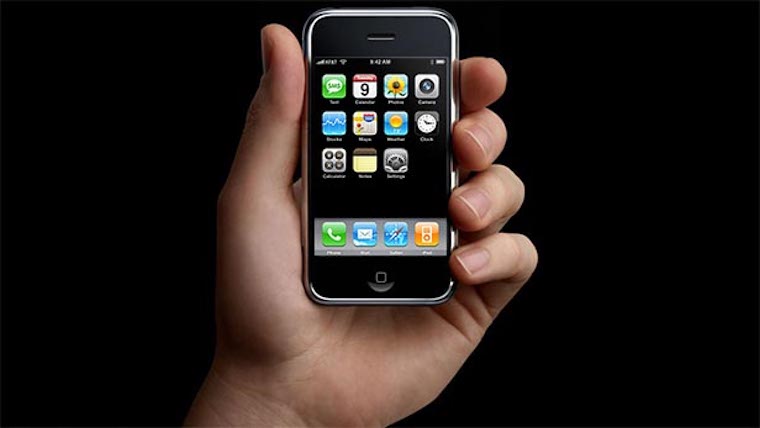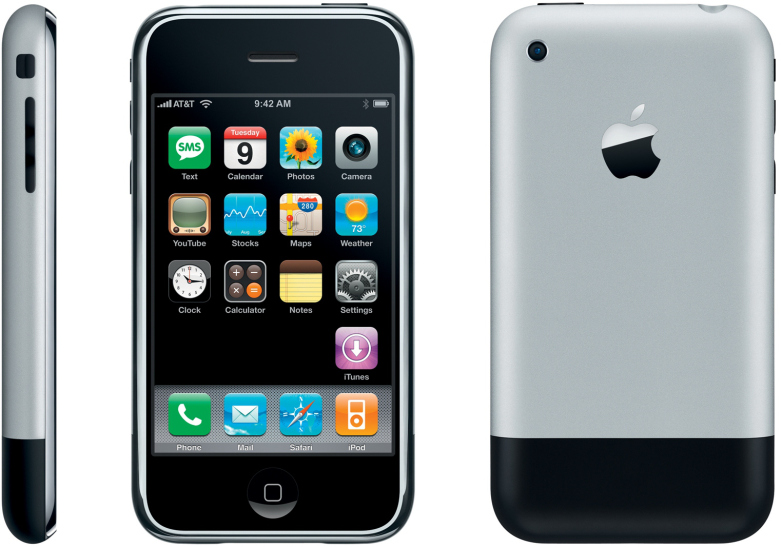iPhones have not always been a 200% symbol of Apple's success. The Apple company also experienced a PR crisis in the field of smartphone sales. The problem was that Apple decided to drop the price of the first iPhone by a full $XNUMX two months after its launch. This caused a wave of resentment, especially among customers who were among the first to purchase the phone. Even for this seemingly serious and hopeless problem, Steve Jobs had a solution.
Jobs then decided to respond to the resulting crisis with a gesture in which he offered protesting owners of new iPhones a hundred dollar credit. This could then be used to purchase any product from the Apple Store. "OnOur first customers trusted us, and we need to maintain that trust with our actions now.” Jobs wrote in his statement.
The $4 discount was one of two changes Apple made shortly after the iPhone went on sale. At the beginning of September, it shelved the "low-end" version of its smartphone with a capacity of 599GB and, along with it, reduced the price of the 399GB version from $XNUMX to $XNUMX. With this move, Apple wanted to respond to some critical voices who took issue with the high price at which the company sold its smartphones - Steve Ballmer from Microsoft was among the critics.
However, Apple did not win unreserved admiration with a sudden and relatively significant discount. Customers who made it a point to be among the first to get their iPhone felt cheated and disappointed. As part of the wave of resistance that arose after iPhones became cheaper, a parody video was created, for example. A New York Times report from September 2007, 200 tells of a customer who was going to make a T-shirt that read, "I was a $XNUMX iPhone beta tester for Apple."
However, not everyone was harmed by the unexpected price reduction. Customers who purchased their Apple smartphone within two weeks before the discount was introduced were entitled to a full refund. It was worse for those who bought the iPhone before this protection period. Jobs' idea in the form of a hundred-dollar "pain" surprisingly took off, and Apple's reputation was restored after a while.
The iPhone successfully maintains its popularity despite many scandals. For example, we can randomly name "antennagate" associated with poor signal reception on the iPhone 4. Despite the fact that the problem was not of any magnitude, it is still talked about today. In the case of the iPhone 4S, some customers complained about the yellowing of the display. When Apple came up with a new design for the iPhone XNUMXs, some of the Plus models were bending. There was another problem associated with sixes: Touch Disease. This was a defect where a bar appeared at the top of the iPhones, and sometimes the display stopped responding completely.

Source: Cult of Mac


